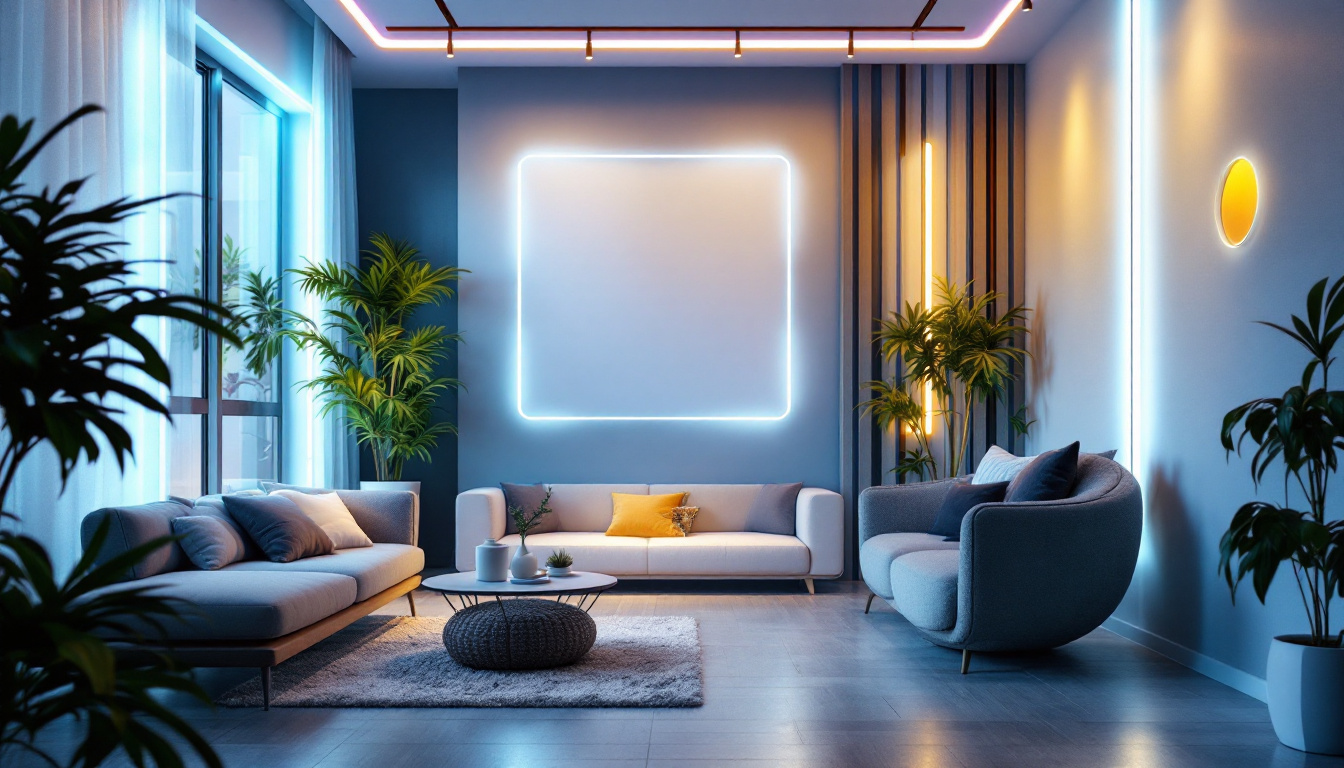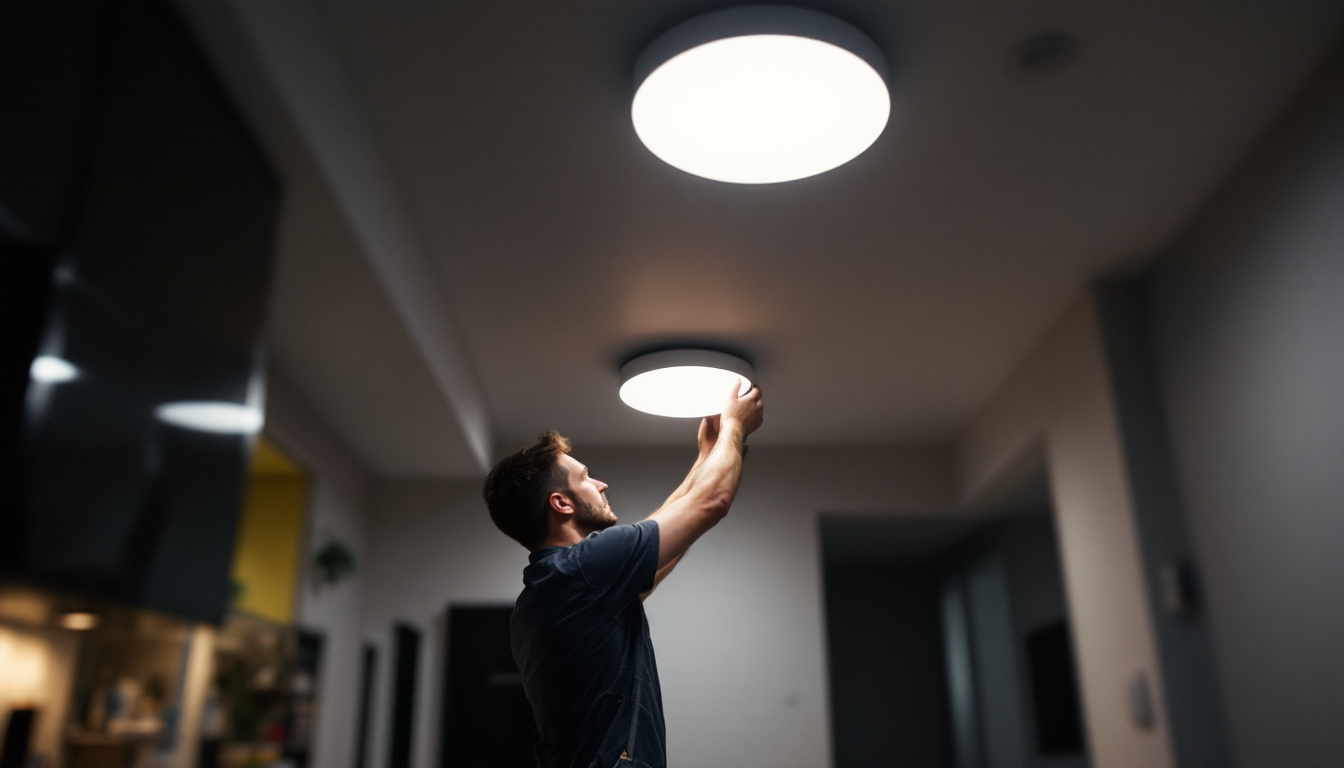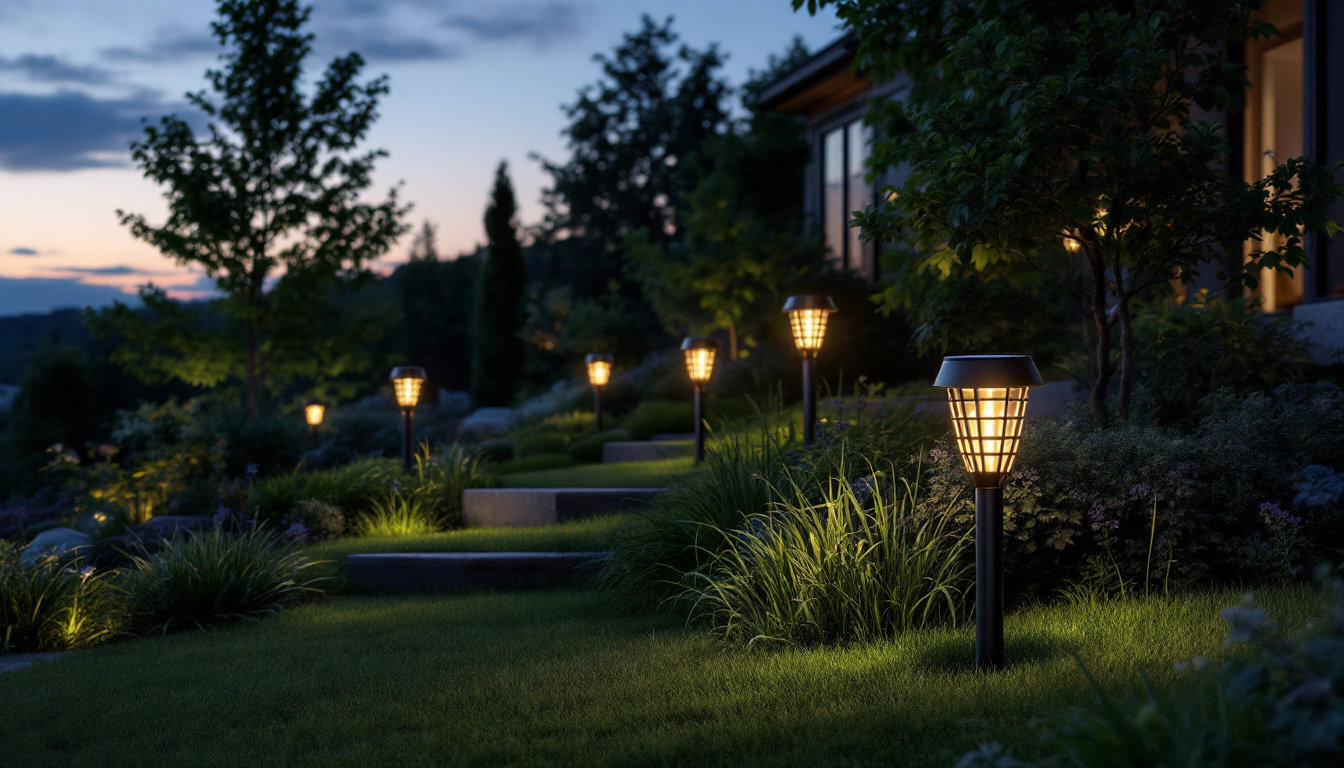
Strips lights have emerged as a transformative element in the lighting industry, reshaping how spaces are illuminated and experienced. Their versatility, energy efficiency, and aesthetic appeal have made them a staple for contractors and designers alike. As the demand for innovative lighting solutions continues to rise, understanding the significance of strip lights is essential for professionals in the field.
Strip lights, often referred to as LED tape lights or ribbon lights, are flexible circuit boards populated with light-emitting diodes (LEDs). These lights can be adhered to various surfaces, making them ideal for a multitude of applications, from residential to commercial settings. Their adaptability allows for creative lighting designs that enhance both functionality and ambiance. Whether used to highlight architectural features, illuminate workspaces, or set the mood for a gathering, strip lights offer a versatile solution that can cater to diverse lighting needs.
In addition to their practical applications, strip lights can also serve as a powerful design element. By incorporating different colors and brightness levels, they can transform a mundane space into an inviting environment. For instance, using warm white tones can create a cozy atmosphere in living rooms, while cooler shades can enhance the productivity of office spaces. Furthermore, the ability to control brightness and color through smart home systems allows users to tailor their lighting to suit various occasions and personal preferences.
There are several types of strip lights available, each designed for specific applications. The most common types include:
Another notable type is the addressable RGB strip, which allows for individual control of each LED along the strip. This feature enables intricate lighting patterns and animations, making them ideal for artistic installations or themed events. Additionally, waterproof strip lights are available for outdoor use, ensuring that your lighting remains functional and visually appealing in various weather conditions. These options expand the creative possibilities for both indoor and outdoor applications, allowing users to experiment with lighting in ways that were previously difficult to achieve.
The appeal of strip lights lies in their numerous advantages. Some key features include:
Moreover, strip lights are often equipped with adhesive backing, simplifying the installation process and eliminating the need for additional mounting hardware. This feature is particularly advantageous for DIY enthusiasts who wish to enhance their home decor without extensive renovations. Additionally, many strip lights come with remote controls or smartphone apps, enabling users to easily adjust settings from a distance. This level of convenience not only enhances user experience but also encourages experimentation with different lighting schemes, making it easier to find the perfect ambiance for any occasion.
As design trends evolve, strip lights have become integral to modern aesthetics. Their ability to blend seamlessly into various environments makes them a favored choice among designers and architects.
One of the most significant advantages of strip lights is their capacity to highlight architectural features. By strategically placing strip lights along edges, in recesses, or behind panels, designers can create depth and dimension in a space. This technique not only enhances the visual appeal but also draws attention to specific elements, such as artwork or structural details. For instance, in a contemporary living room, strip lights can be installed under floating shelves to illuminate books and decorative items, creating a warm and inviting atmosphere. Similarly, in commercial spaces, they can be used to accentuate the contours of a building’s facade, making it stand out even at night.
Lighting plays a crucial role in setting the mood of a space. Strip lights can be dimmed or adjusted to produce varying levels of brightness, allowing for a customizable atmosphere. Whether it’s a cozy dinner setting or an energizing workspace, strip lights can adapt to meet the needs of the moment. Moreover, the color temperature of strip lights can also be adjusted, providing options from warm whites that evoke comfort to cooler tones that promote alertness. This versatility makes them ideal for multifunctional spaces, such as open-plan living areas that transition from day to night, accommodating both relaxation and social gatherings seamlessly.
The rise of smart home technology has further propelled the popularity of strip lights. Many strip lights can now be controlled via smartphone apps or voice-activated devices, offering convenience and versatility. This integration allows users to change colors, adjust brightness, and set schedules, making lighting management more intuitive than ever. Additionally, some advanced models come equipped with features like music synchronization, where the lights pulse and change color in rhythm with your favorite tunes, creating an immersive experience for parties or casual get-togethers. As smart home ecosystems continue to grow, the ability to integrate strip lights with other smart devices, such as thermostats and security systems, enhances not only the aesthetic appeal but also the functionality of modern living spaces.
The versatility of strip lights extends across various sectors, making them suitable for numerous applications. From residential to commercial projects, their adaptability is unmatched.
In residential settings, strip lights can be used in various ways to enhance the home environment. Common applications include:
In commercial environments, strip lights are equally beneficial. They can be used for:
Strip lights have found a significant place in the event and entertainment industry. They can be used for:
While the benefits of strip lights are clear, proper installation is crucial to maximize their effectiveness. Here are some key considerations for contractors.
Before installation, it is essential to assess the surface where the strip lights will be placed. Strip lights adhere well to smooth, clean surfaces, but may require additional mounting solutions for textured or uneven areas. Ensuring the right surface compatibility will enhance longevity and performance.
Strip lights typically operate on low voltage, requiring a compatible power supply. Contractors must ensure that the power supply can handle the total wattage of the installed strip lights. Additionally, understanding the differences between 12V and 24V systems will aid in selecting the appropriate components for the project.
Although LED strip lights generate less heat than traditional lighting, proper heat management is still essential. Overheating can lead to reduced lifespan and performance. Utilizing heat sinks or ensuring adequate airflow can help maintain optimal operating conditions.
As technology continues to advance, the future of strip lighting looks promising. Emerging trends are likely to shape how strip lights are utilized in various applications.
Ongoing advancements in LED technology promise to enhance the efficiency and performance of strip lights. Innovations such as improved color rendering and higher lumen output will expand their applications, making them even more appealing to contractors and designers.
With a growing emphasis on sustainability, the lighting industry is moving towards more eco-friendly solutions. Strip lights, with their energy efficiency and long lifespan, are already a step in the right direction. Future developments may focus on using recyclable materials and reducing the environmental impact of production processes.
As consumer preferences evolve, the demand for customizable lighting solutions will likely increase. Manufacturers may respond by offering more tailored options, including programmable features and unique designs that cater to specific needs and preferences.
Strip lights have become an essential component of the modern lighting industry, offering versatility, efficiency, and aesthetic appeal. Their ability to adapt to various applications makes them a valuable tool for contractors and designers alike. As the industry continues to evolve, staying informed about the latest trends and technologies will ensure that professionals can leverage the full potential of strip lights in their projects.
Understanding the importance of strip lights not only enhances design capabilities but also contributes to creating spaces that are functional, inviting, and visually striking. The future of lighting is bright, and strip lights are leading the way.
Ready to harness the power of strip lights for your next project? At LumenWholesale, we provide you with the highest quality, spec-grade lighting products at prices that can’t be beaten. Say goodbye to local distributor markups and hello to our extensive selection that meets rigorous industry standards. With free shipping on bulk orders, you can trust that you’re getting premium lighting solutions at the best value, without any hidden fees. Elevate your lighting designs with the efficiency, versatility, and aesthetic appeal of our strip lights. Explore our collection now and experience the LumenWholesale advantage.

Discover essential insights for lighting contractors on LED tube lights, including installation tips, energy efficiency benefits, and the latest industry trends to enhance your projects and client satisfaction..

Discover the art of mastering designer electrical outlets with insights tailored for lighting contractors.

Discover how ceiling pot lights and recessed lights can enhance efficiency for lighting contractors.

Discover the transformative power of LED solar lights for outdoor spaces.